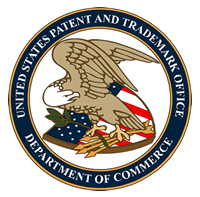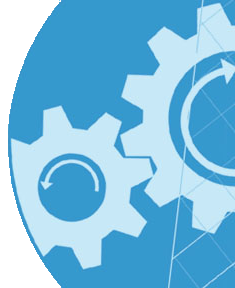Frequently Asked Questions
(Information is from the USPTO website, is not to be taken as legal advice, and is provided only as an informational overview)
What is a patent?
A patent for an invention is a grant of property rights by the U.S. Government through the U.S. Patent and Trademark Office. The patent grant excludes others from making, using, or selling the invention in the United States. A utility or plant patent in force on June 8, 1995, is subject to either the 17 year term from grant or the 20 year term from earliest effective U.S. filing date, whichever is longer. A design patent term is 14 years from patent grant. The right conferred by the patent grant extends throughout the United States. The terms “Patent Pending” and “Patent Applied For” are used to inform the public that an application for a patent has been filed. Patent protection does not start until the actual grant of a patent. Marking of an article as patented, when it is not, is illegal and subject to penalty.
A patent cannot be obtained on a mere idea or suggestion. Patent applications are examined for both technical and legal merit. Prior to filing a patent application, a search of existing patents can be conducted at the USPTO Patent Search Room or at a Patent and Trademark Depository Library in your area. For additional information on patents, you may visit the USPTO Web site at www.uspto.gov/main/patents.htm.
Who can apply for a patent?
How do I conduct a patent assignment search?
What can be patented?
- Process
- Machine
- Article of manufacture
- Composition of matter
- Improvement of any of the above
Note: In addition to utility patents, encompassing one of the categories above, patent protection is available for (1) ornamental design of an article of manufacture or (2) asexually reproduced plant varieties by design and plant patents.
What cannot be patented?
- Laws of nature
- Physical phenomena
- Abstract ideas
- Literary, dramatic, musical, and artistic works (these can be Copyright protected). Go to the Copyright Office .
- Inventions which are:
- Not useful (such as perpetual motion machines); or
- Offensive to public morality
Invention must also be:
- Novel
- Nonobvious
- Adequately described or enabled (for one of ordinary skill in the art to make and use the invention)
- Claimed by the inventor in clear and definite terms
How much does it cost to get a patent?
There are three basic fees for utility patents:
- The filing fee, which is non-refundable whether or not a patent is granted. (This is the cost to have your invention “examined” by the US Patent and Trademark Office – remember, you may or may not get a patent!)
- The issue fee (you pay this only if your application is allowed)
- Maintenance fees (paid at 3 1/2, 7 1/2, and 11 1/2 years after your patent is granted – these fees “maintain” your legal protection).
- Additional fees may be required.
You are strongly advised to check the current fee schedule before submitting your application. Fees are often a nominal part of the process. The application, its preparation, and supporting documents, and research is where a greater amount of resources and investment is needed. It is important to seek the assistance of a trained and experienced Patent Attorney to guide you through the often challenging and detailed process of patent applications.

